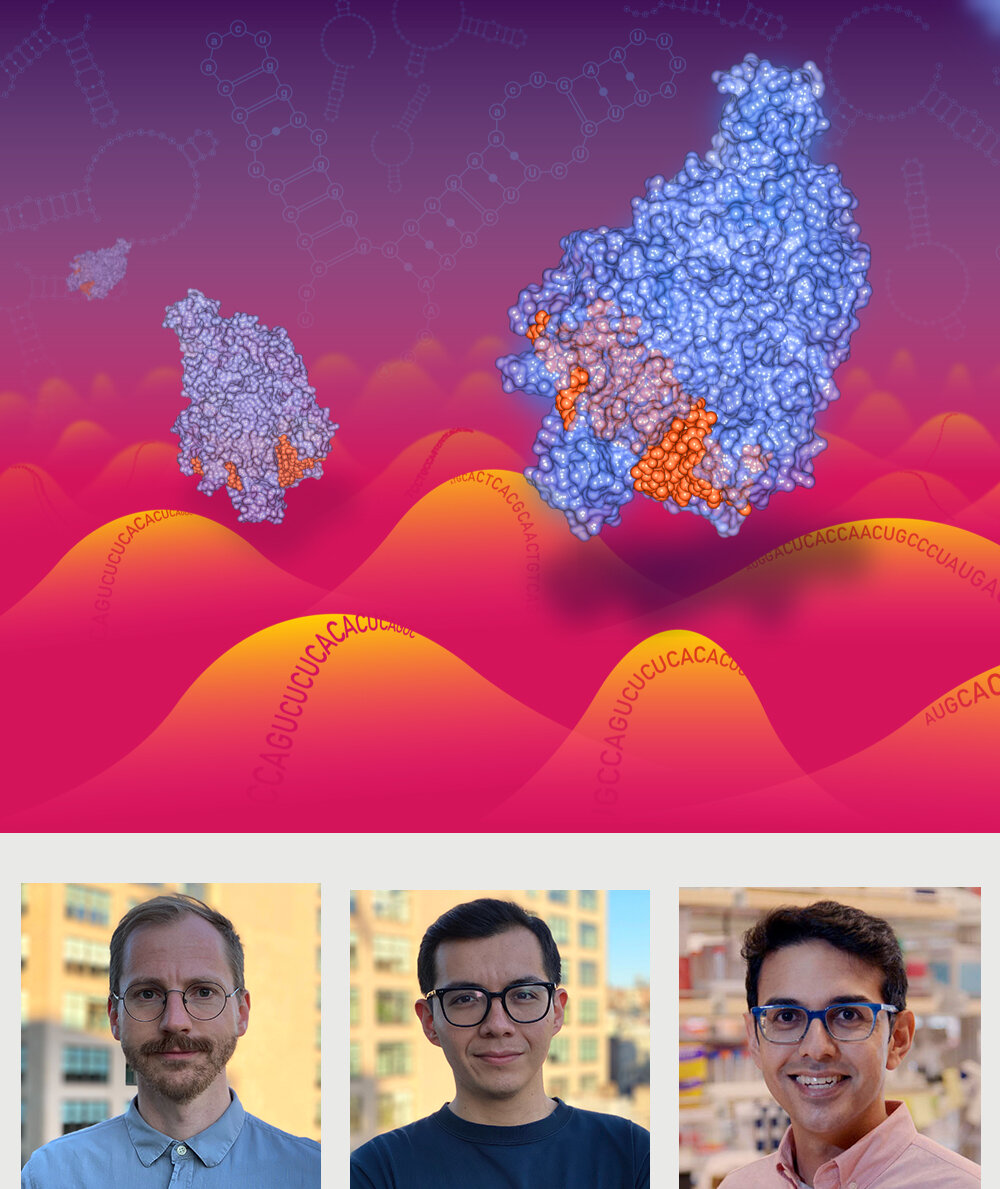New kind of CRISPR technology to target RNA, including RNA viruses like coronavirus
Date: 16.3.2020
CRISPR-based genetic screens have helped scientists identify genes that are key players in sickle-cell anemia, cancer immunotherapy, lung cancer metastasis, and many other diseases. However, these genetic screens are limited in scope: They can only edit or target DNA. For many regions of the human genome, targeting DNA may not be effective, and other organisms, such as RNA viruses like coronavirus or flu, cannot be targeted at all with existing DNA-targeting CRISPR screens.
 Now, in an important new resource for the scientific community published today in Nature Biotechnology, researchers in the lab of Neville Sanjana, Ph.D., at the New York Genome Center and New York University have developed a new kind of CRISPR screen technology to target RNA.
Now, in an important new resource for the scientific community published today in Nature Biotechnology, researchers in the lab of Neville Sanjana, Ph.D., at the New York Genome Center and New York University have developed a new kind of CRISPR screen technology to target RNA.
The researchers capitalized on a recently characterized CRISPR enzyme called Cas13 that targets RNA instead of DNA. Using Cas13, they engineered an optimized platform for massively-parallel genetic screens at the RNA level in human cells. This screening technology can be used to understand many aspects of RNA regulation and to identify the function of non-coding RNAs, which are RNA molecules that are produced but do not code for proteins.
The team recently leveraged their guide RNA predictive model for a particularly critical analysis: The COVID-19 public health emergency is due to a coronavirus, which contains an RNA – not DNA – genome. Using the model derived from their massively-parallel screens, the researchers have identified optimal guide RNAs that could be used for future detection and therapeutic applications.























